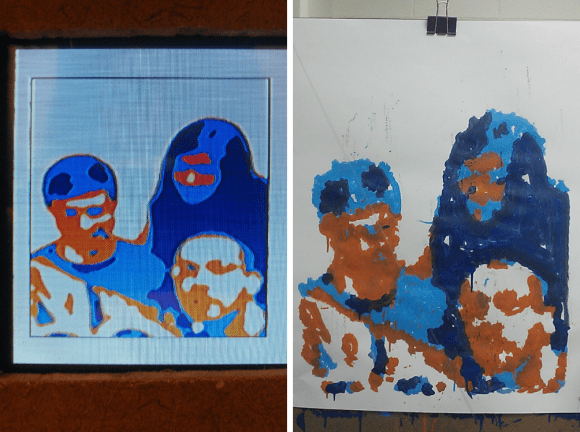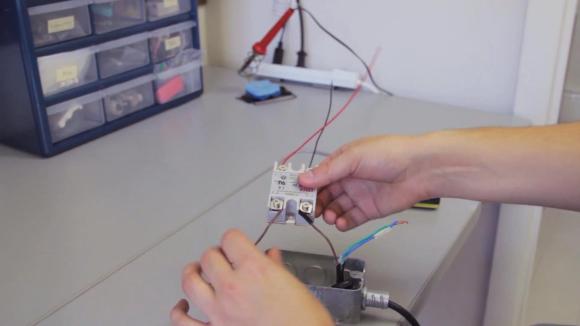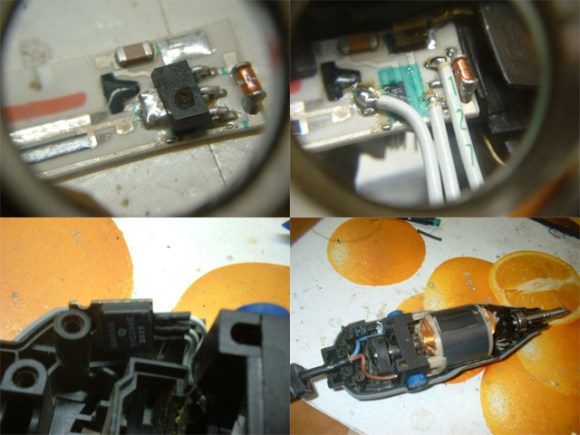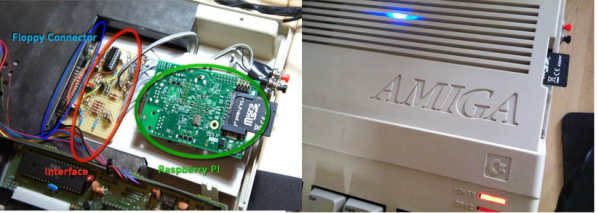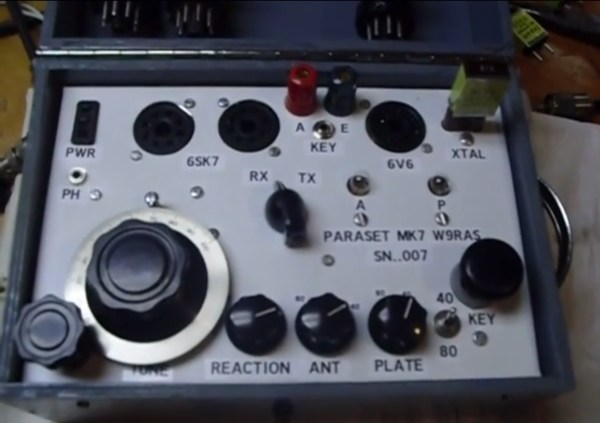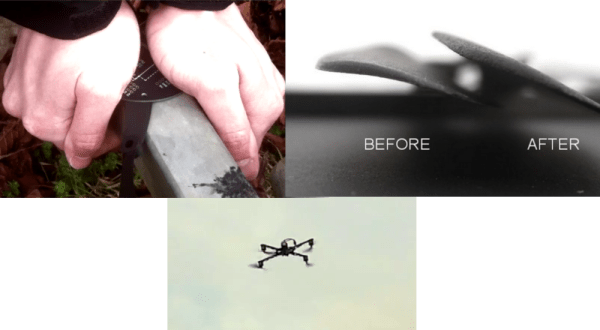From all the BSDs and Linuxes to extraordinarily odd operating systems, it seems just about every OS has been ported to the Raspberry Pi. All except Windows, that is, but a few people are working on it.
This build comes to us from [ideeman] who wanted to show off his Raspi running Windows Compact Embedded. It technically works, but there are still a few problems. In his own words:
Unfortunately, as it is now, I can’t really control it through anything else than via the kernel transport layer (through serial, directly to visual studio, and I still get lots of checksum errors, must me from the cheapo USB<==>TTL 3.3V adapter I’m using). The original developer (dboling) is still struggling with native USB drivers, but as you can see, he already got a (unaccelerated) running display driver.
If you’re interested, I can send you the compiled kernel image, but I don’t think you’ll do really much without the serial debugging provided through Visual Studio 2008 (+Platform builder 7.0)… I’m not sure it can be legally released to the public though.
While running Windows Compact Embedded isn’t as cool as running Windows RT on a Raspi, the latter will never happen. Windows RT requires 1 GB of RAM and a 1 GHz ARM v7 processor, neither of which the Pi has. Still, it’s a very impressive hack and with a few more devs on board, [dboling] and [ideeman] might end up with a truly functional system.
Below are pics of [ideeman]’s Raspi running WinCE. For [ideeman], feel free to link to a torrent in the comments.


